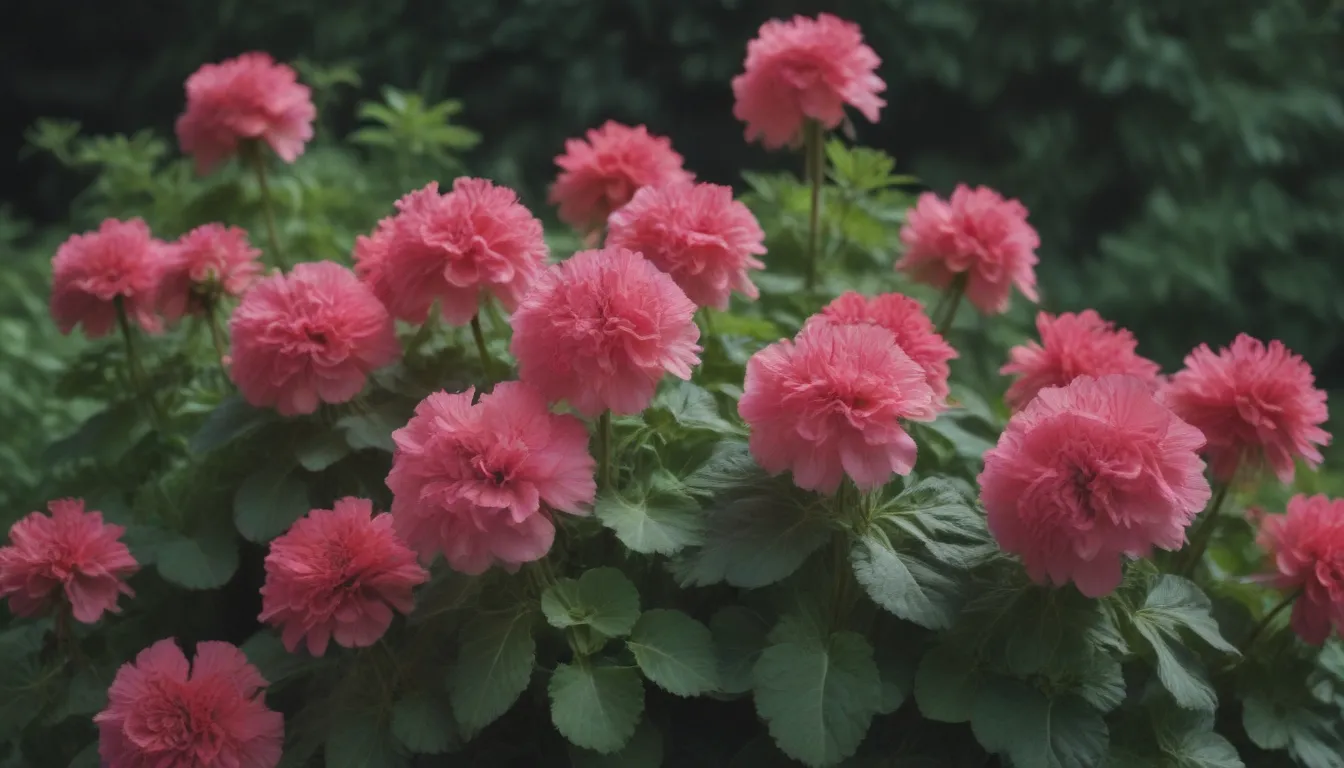Everything You Need to Know About Deadheading Geraniums for Lush, Vibrant Blooms

Are you looking to enhance the beauty of your garden with lush, vibrant geranium blooms? Deadheading your geraniums is a key step in ensuring your plants stay healthy and produce an abundance of flowers. While deadheading may sound like a daunting task, it’s actually quite simple and can be done quickly with just a few minutes of your time.
Geraniums are beloved by gardeners for their stunning flowers, and deadheading is essential for all types of geraniums, from regal to ivy. By removing spent or wilted flowers, you can encourage new growth and keep your plants looking full and beautiful. In this detailed guide, we’ll explore the benefits of deadheading, how it differs from pruning, and provide you with step-by-step instructions on how to deadhead your geraniums effectively.
Why Deadhead Your Geraniums?
Deadheading your geraniums offers several important benefits for the health and appearance of your plants. One of the primary reasons to deadhead is to prevent the plant from wasting energy on fading blooms. By removing spent flowers, you redirect nutrients to new buds, encouraging continuous growth and ensuring your geraniums remain vibrant.
Additionally, deadheading helps maintain a visually appealing garden by removing wilted, dry, and brown blooms. By making room for new buds to bloom, deadheading promotes a fuller, healthier appearance for your geraniums.
Deadheading vs. Pruning: Understanding the Difference
While deadheading is a process that should be performed regularly throughout the growing season, pruning is typically done at the end of the season to prepare your plants for winter. Both practices can help shape your geraniums and contribute to their overall health.
Pruning is especially important for geraniums grown in USDA zones 10 and 11, where they can behave as perennials. By pruning your plants and bringing them indoors for the winter, you help them conserve energy and prepare for the next growing season.
Tip: Remember not to deadhead all your geranium blooms at once, as it can leave your plant looking sparse. Leave some dying blooms to maintain fullness and give new buds a chance to fill in the gaps.
How to Deadhead Your Geraniums
Deadheading your geraniums is a simple process that can be done quickly and easily. Here’s a step-by-step guide to help you deadhead your plants effectively:
-
Monitor Your Blooms: Check your geraniums once a week for signs of wilting or browning blooms. This indicates that it’s time to deadhead.
-
Identify Spent Flowers: Look for blooms that are beginning to fade and wilt. These are the ones you’ll need to deadhead.
-
Remove the Spent Buds: To deadhead a geranium, simply snap off the stem at the joint where it connects to the main stem of the plant. You can also use shears or scissors for this task.
-
Avoid Delaying Deadheading: Make sure to deadhead your geraniums promptly as blooms fade. Delaying deadheading can prevent new flowers from blooming, as the plant will continue to send nutrients to dying blooms.
By following these simple steps, you can keep your geraniums looking their best and encourage ongoing blooming throughout the growing season.
Remember, deadheading is a simple, yet effective way to ensure your geraniums thrive and produce abundant flowers. By incorporating this practice into your gardening routine, you can enjoy lush, vibrant blooms that enhance the beauty of your garden. So, grab your shears or simply use your fingers and start deadheading your geraniums for a more beautiful and healthy display of flowers.





